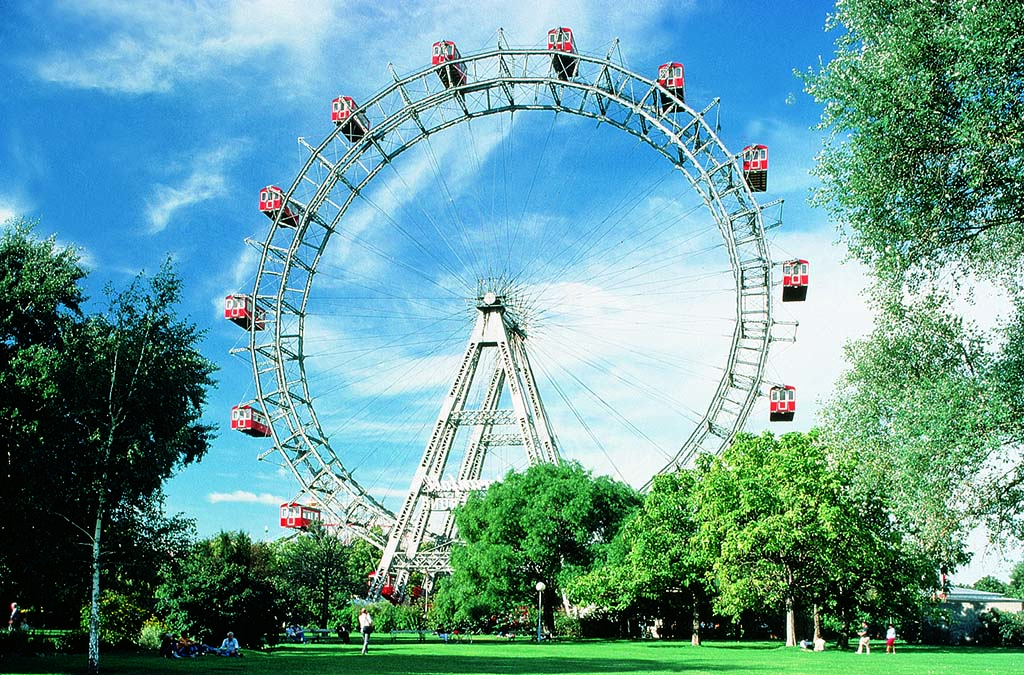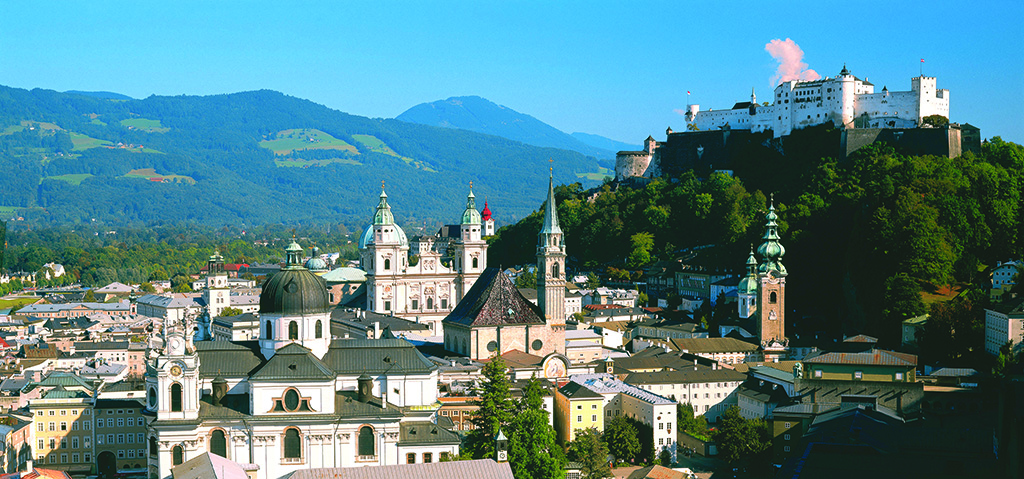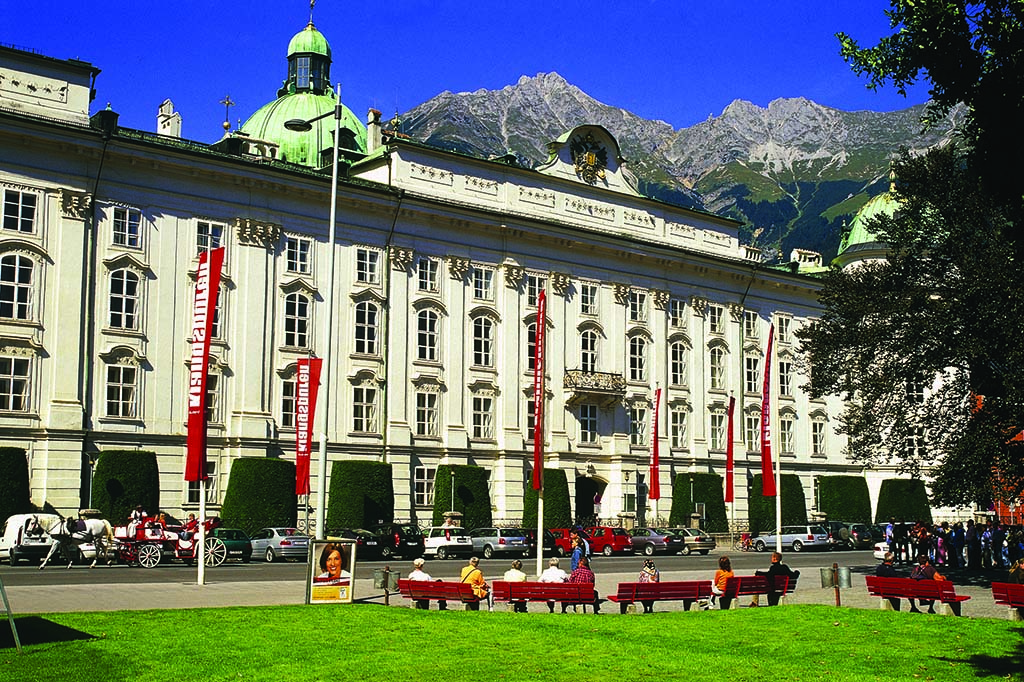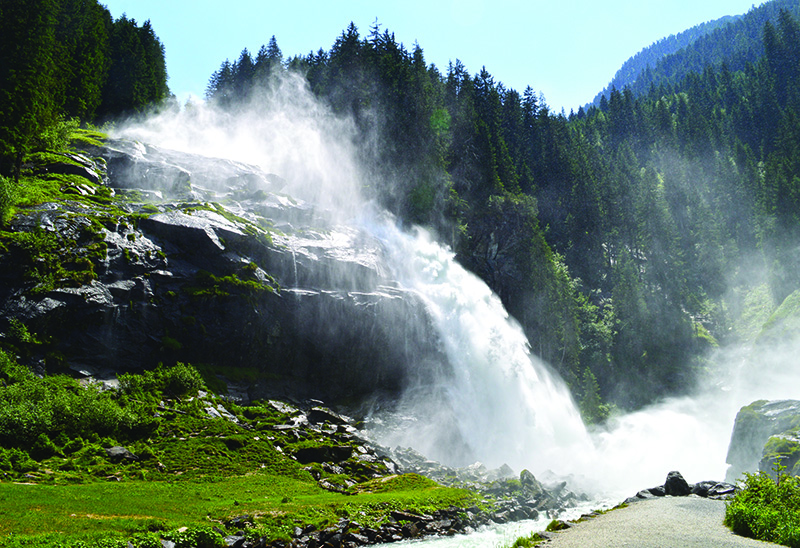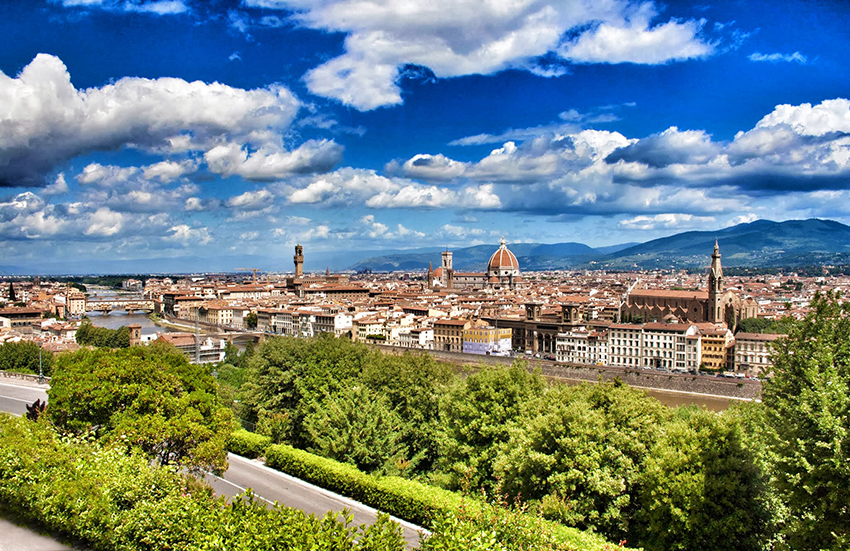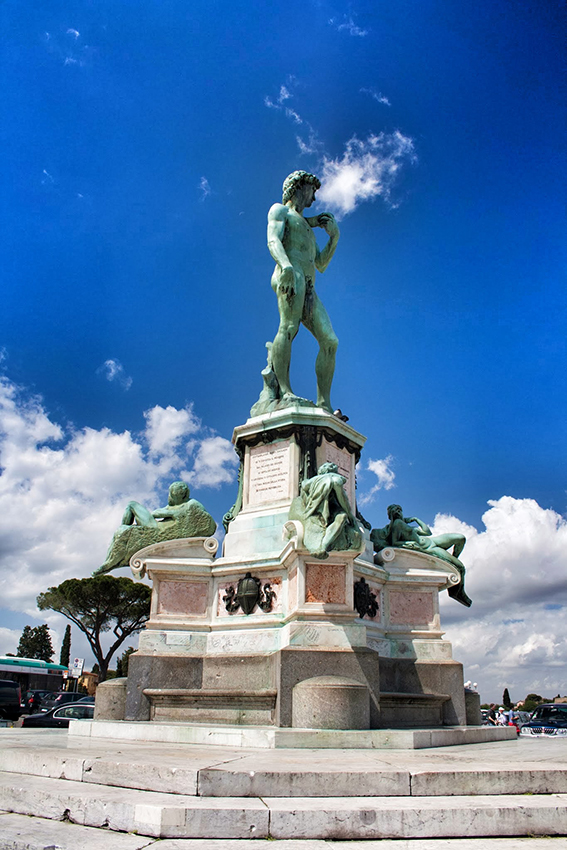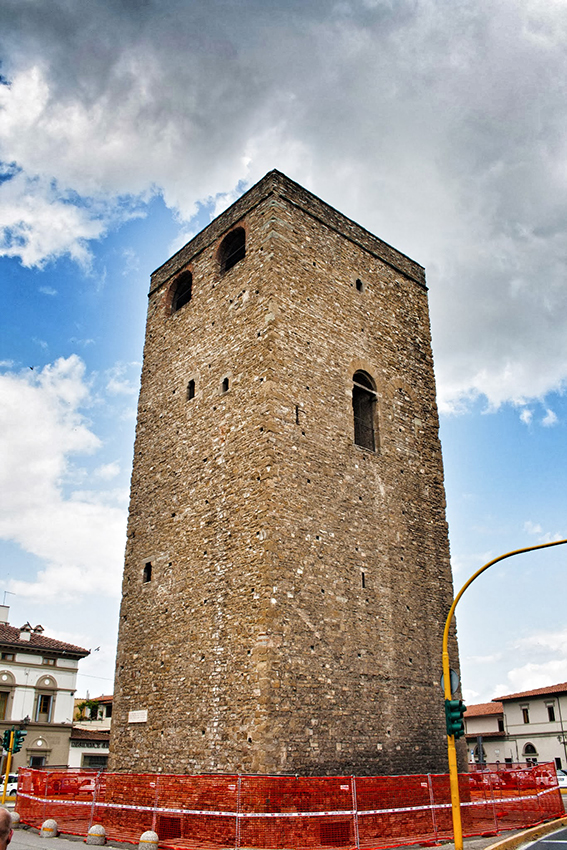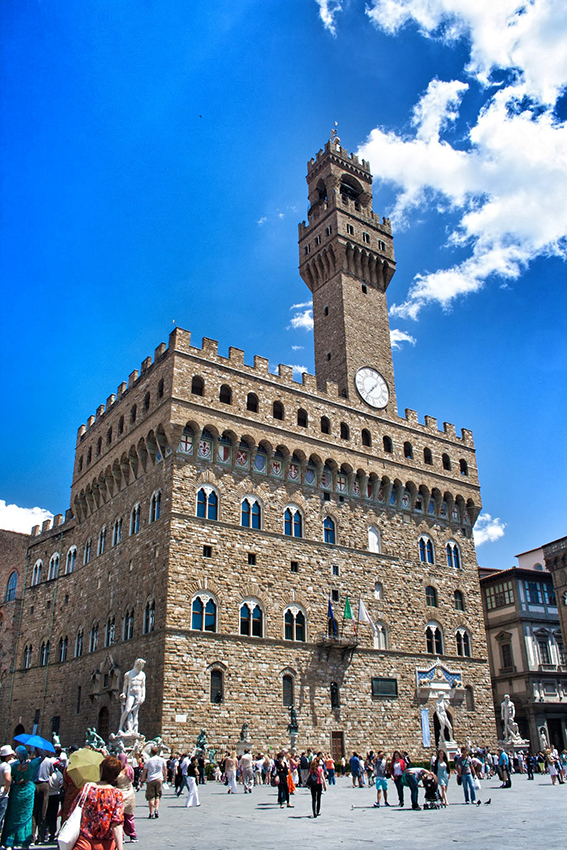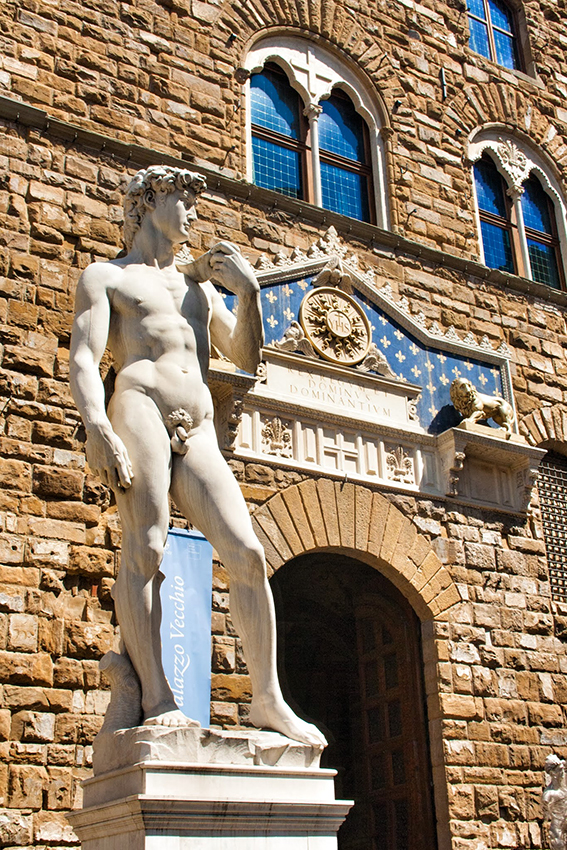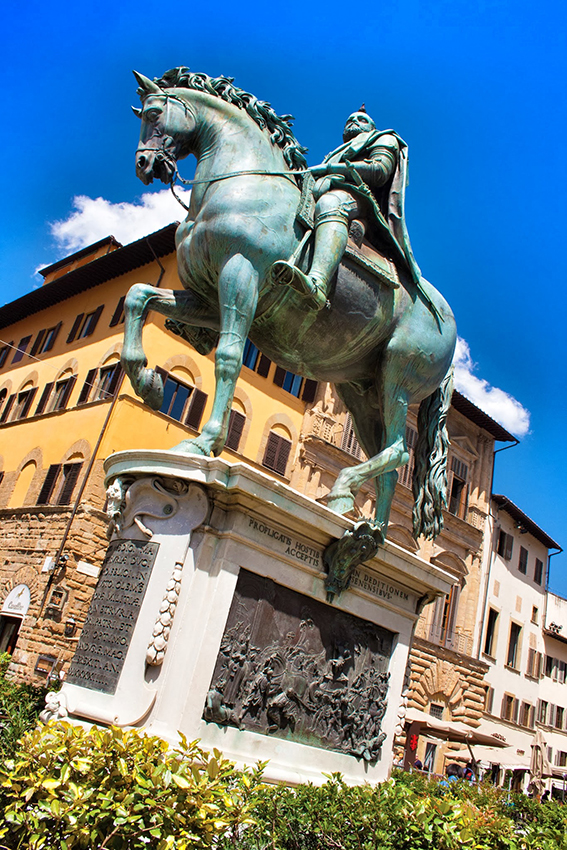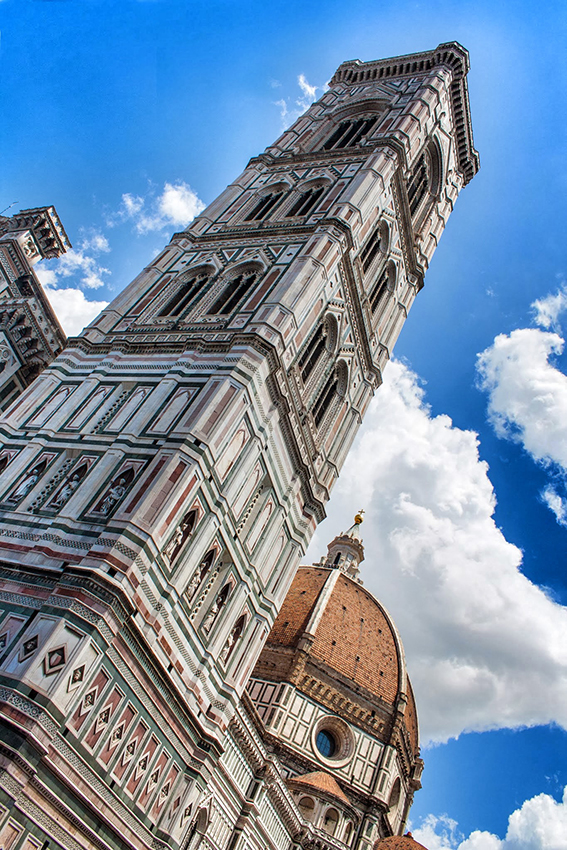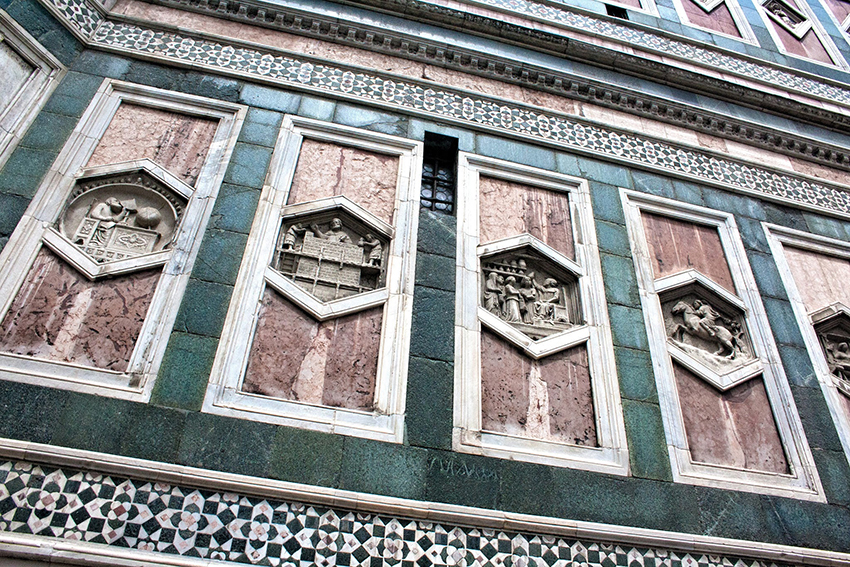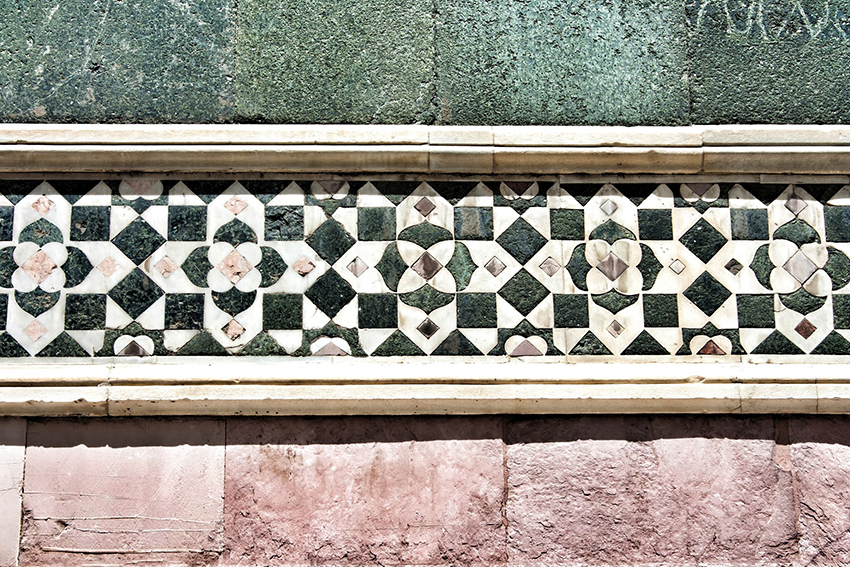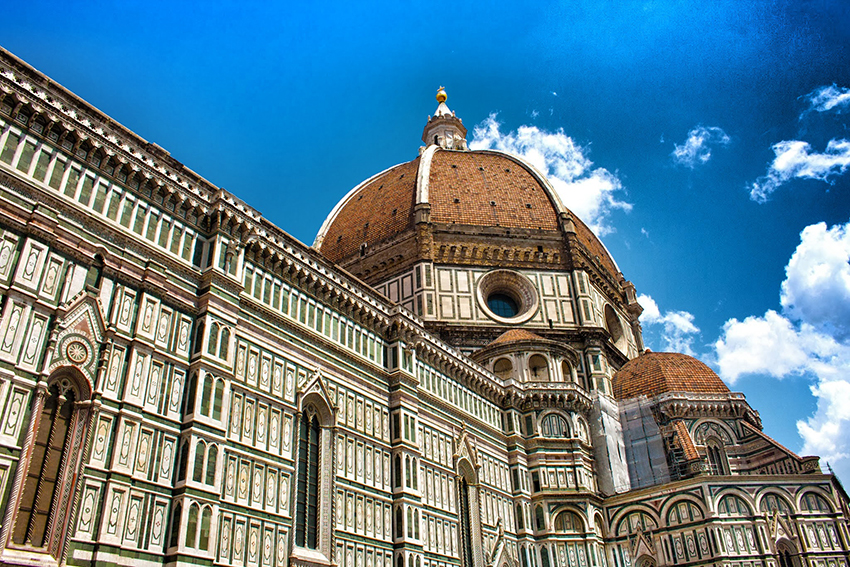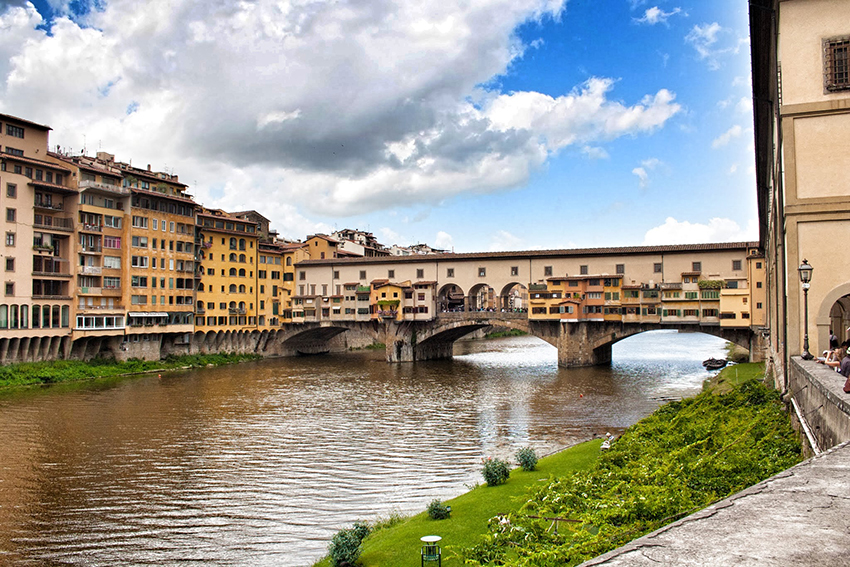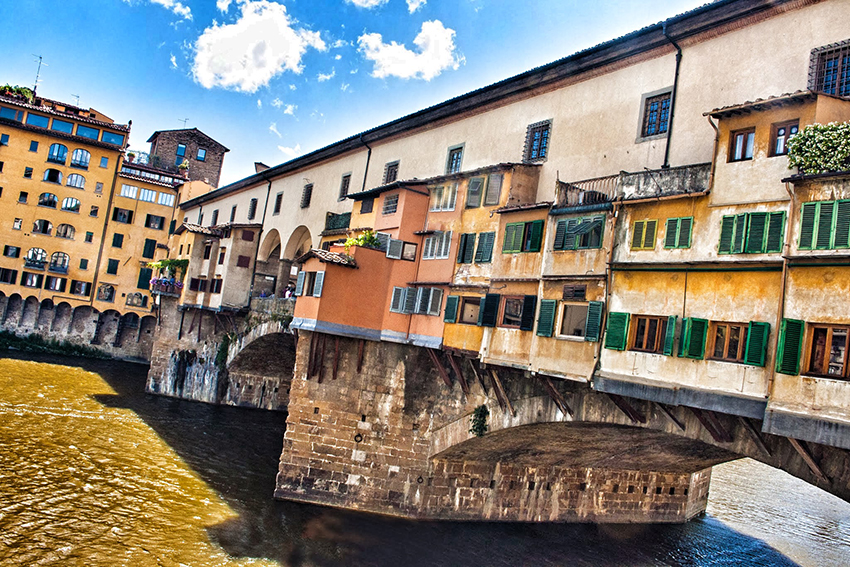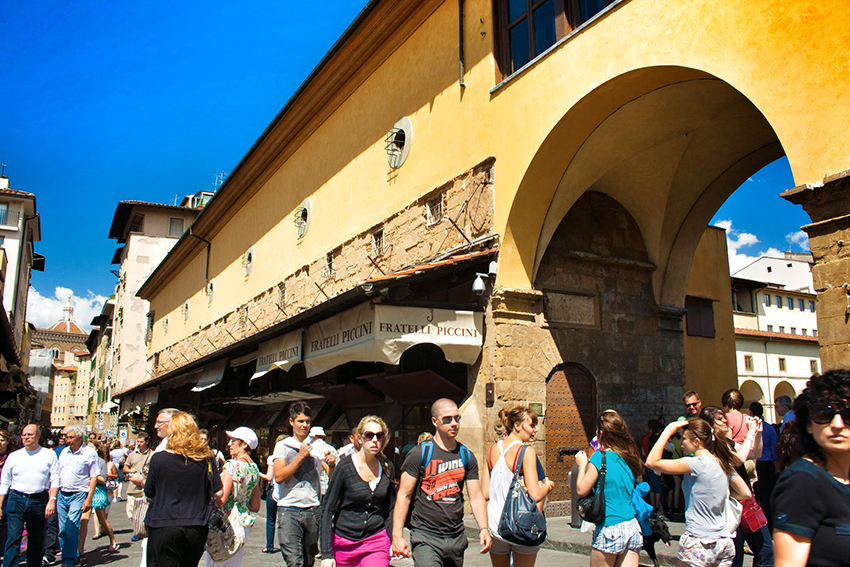From Venice to Rome, Pisa to the Amalfi Coast, despite never setting foot on Italian soil, there’s every chance you’ve already fallen in love with Italy. Despite only being a unified country for 153 years, it’s understandable how the boot of Europe attracts over 43 million tourists a year, making it the 4th most visited country in the world. Home to some of the most iconic cities, with a unique culture and first class cuisine featuring the some of the world’s favourite carbohydrates, with over 350 different types of pasta and after all, Pizza is one of few words understood all around the world, they’re doing something right.
Venice and Rome, both appear on many-a-persons bucket list, so here is our guide to some of the lesser known, but no less spectacular, splendours of Europe’s boot-shaped masterpiece, all of which you can visit on our popular Picturebook Italy tour.
Lake Garda
The largest lake in Europe and the most visited in Italy, with its beautiful shorelines and quaint villages, even for the Romans, Lake Garda was the luxury summer destination.
The town of Sirmione gives you the chance to visit the ruins left behind by this ancient powerhouse, including some inviting thermal spas.
You cannot miss the thirteenth-century Rocca Scaligera. Like something out of a fairy tale, you can head inside and take a look around, take in the sights of Lake Garda. Whilst Sirmione was once a town of great military importance, the only guarding of the fortress happening nowadays are the swans patrolling the moat of the castle, a great sight.
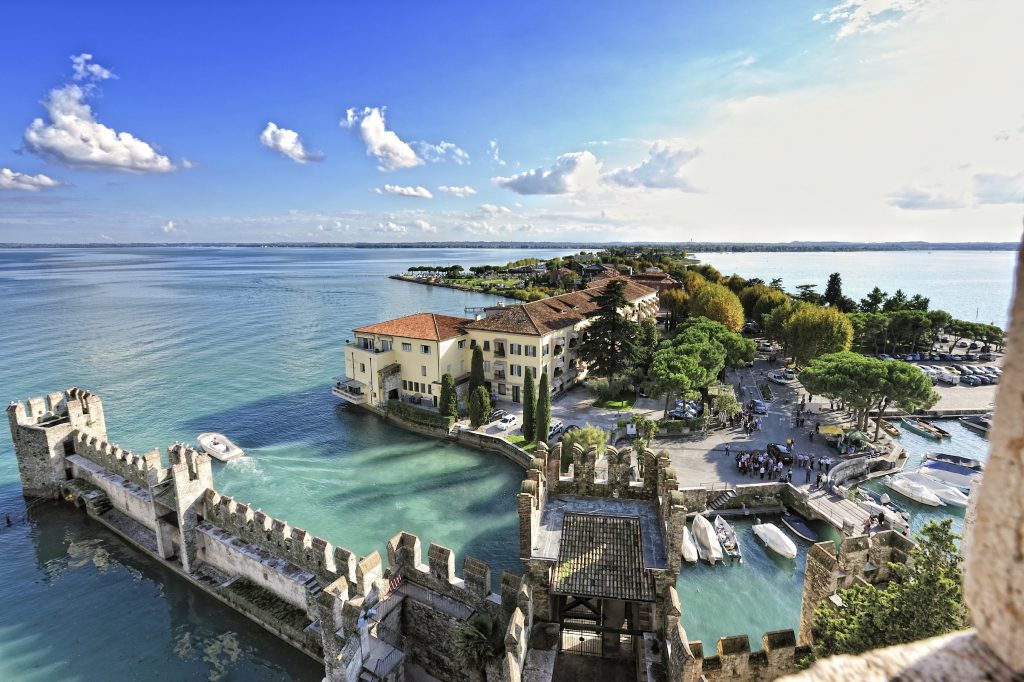
Siena
Heading into Medieval Tuscany, to the stunning city of Siena. Famous for the Palio run, where the various areas in which the city is divided challenge in other in a passionate horse race in the heart of the city, the event also features in the James Bond film ‘Quantum of Solace’. This medieval Tuscan town is embroiled in an age-old rivalry with Florence, even tourists get involved, picking a side with their favourite city of the two to champion. Luckily, our tour heads off to both cities so you will be able to pick your allegiance before heading home.
In the heart of the city, the Il Campo is where to take in the true nature of what Siena has to offer. Sit back and enjoy the perfect espresso whilst enjoying Siena’s gothic architecture. The Italians consume over 14 billion of them each year so you can be sure they’ve perfected the art of coffee making.
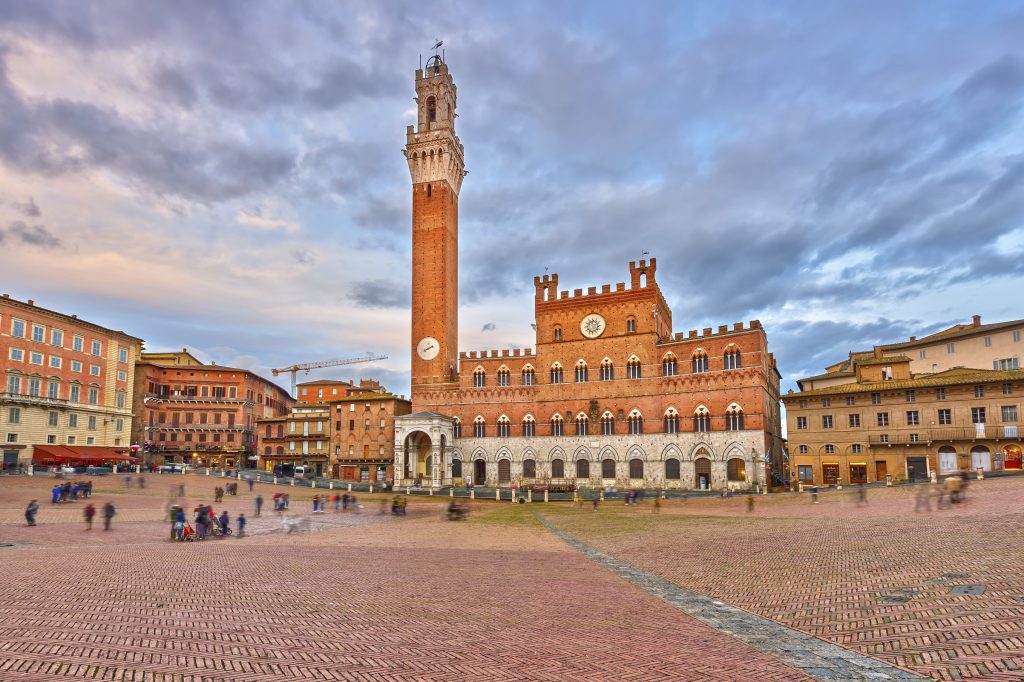
Sorrento or Capri
Whilst on the Amalfi Coast, why not visit beautiful Sorrento? Celebrity chef Gino D’acampo has said previously that it is the most romantic place on earth. However, if you’re not quite the romantic type, it could be worth noting that Sorrento is also home to possibly the best Limoncello you could find. Using the famous Sorrento lemons, you will find almost every shop filled to the brim with the famous citrus tipple.
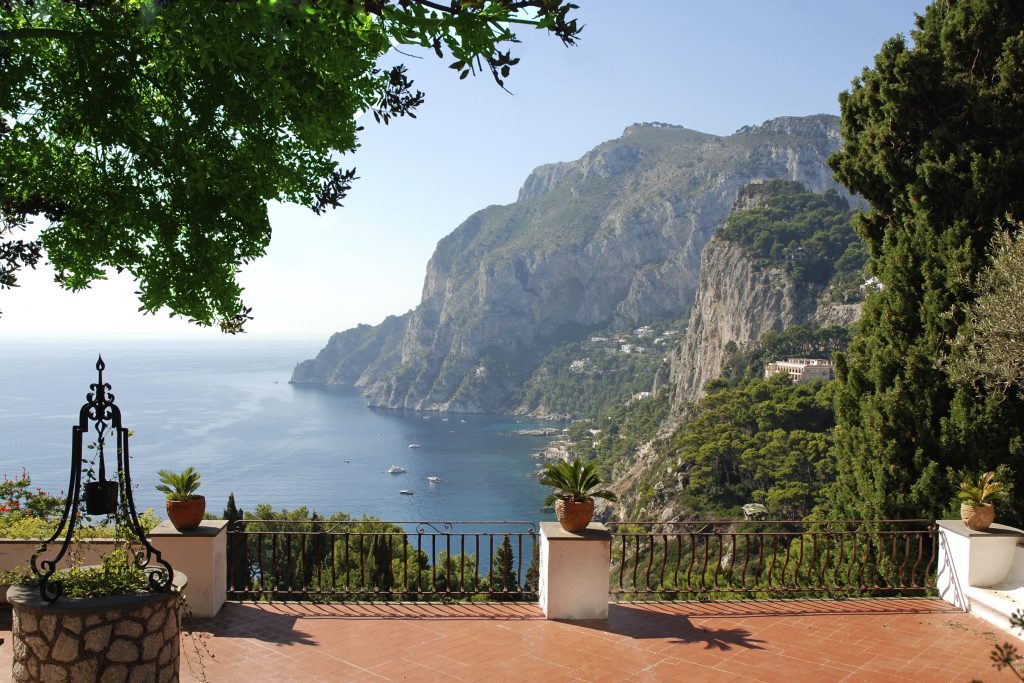
Instead, you could choose to head off to the island of Capri where you can experience the beautiful Blue Grotto. A cave where an underwater cavity illuminates the waters and lights the walls with in a magical shade of blue, it takes its place proudly as one of Europe’s best natural wonders.
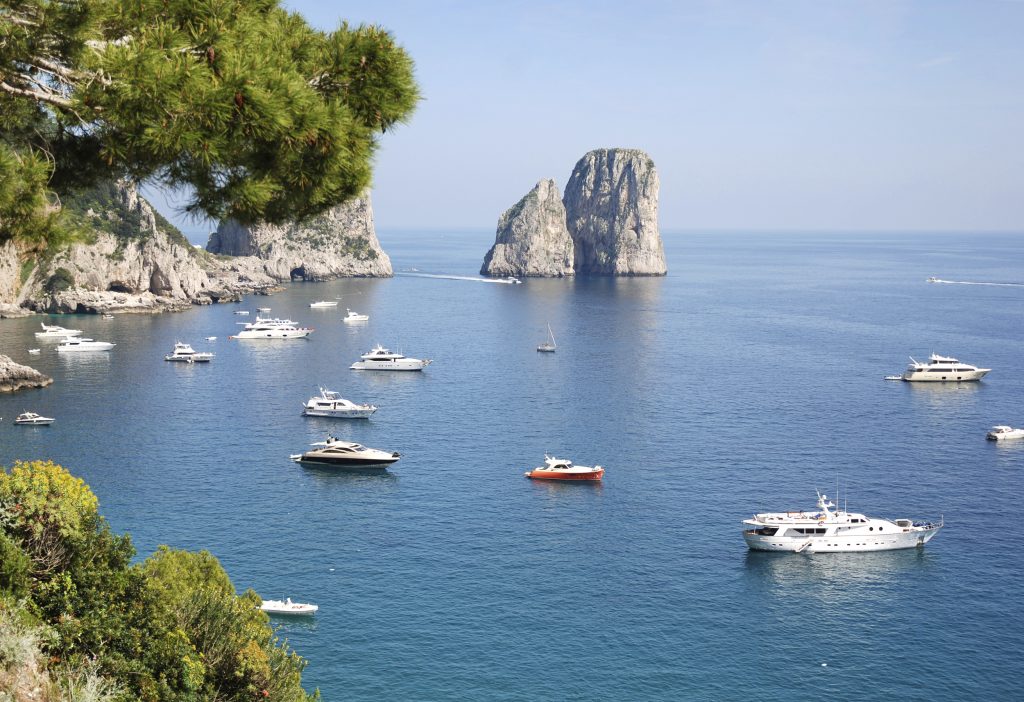
A highlight of the Amalfi Coast is the picture perfect views that have plenty to offer. With Mount Vesuvius dominating the horizon, one of only three active volcanoes in Europe. Interestingly, Italy is also home to the remaining two active volcanoes, Mount Etna and Mount Stromboli
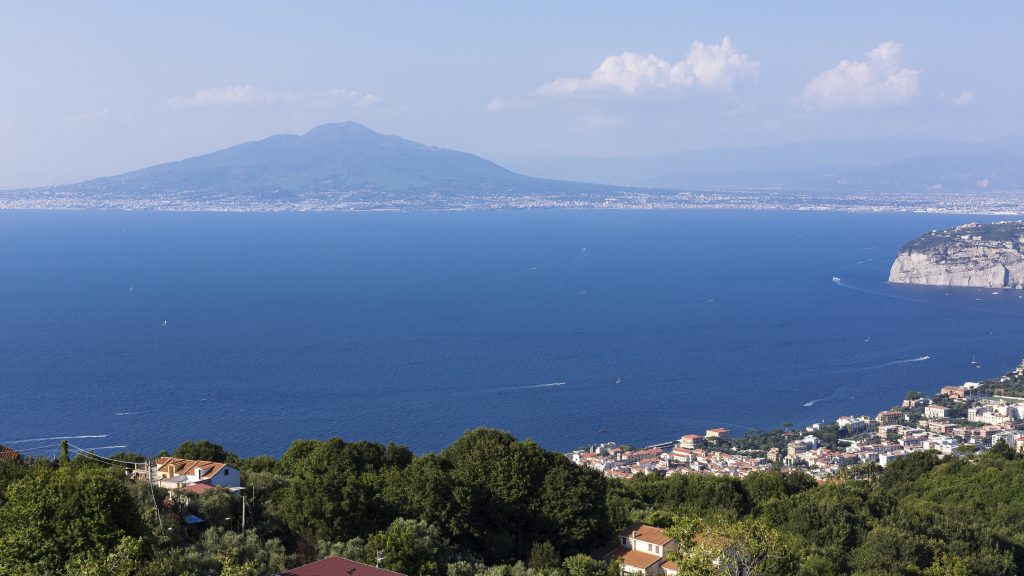
Florence
Once home to the Godfathers of the Renaissance, the Medici family, Florence is also birth place of the nurse and namesake, Florence Nightingale. Even in modern day Florence captures the hearts of many, Dan Brown set his recent novel, Inferno in the city.
The famous Cathedral, Il Duomo, is most certainly worth a visit. Taking 140 years to build, you can climb the 463 stone steps to reach the cupola for a close up look of the Last Judgement painting that covers the inner dome. Or you can just enjoy the view of this beautiful city from a perfect vantage point.
Whilst appreciating the architecture, you can also admire the streets themselves, Florence was the first city in Europe to have paved streets.
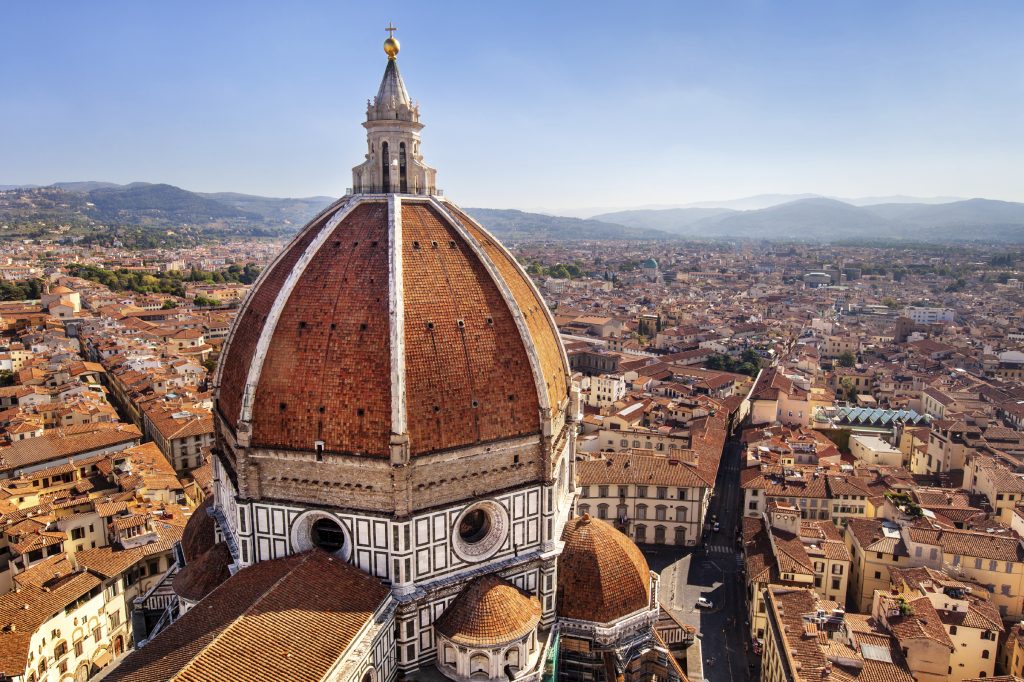
Pisa
The leaning tower, the mindboggling architecture seemingly defying gravity certainly is the focal point for many in this town. Funnily enough, the tower once leant the other way.
Shortly after building started, the fine soil started to give way. They continued by piling on stone work to counter-balance the lean only for it to slump in the other direction.
The Bell chamber that tops the tower is the only part of the tower that sits true after purposely being laid to incorporate the lean. However, the slight problems with the building work nearly 850 years ago has provided us with one of the most recognisable pieces of architecture in the world.
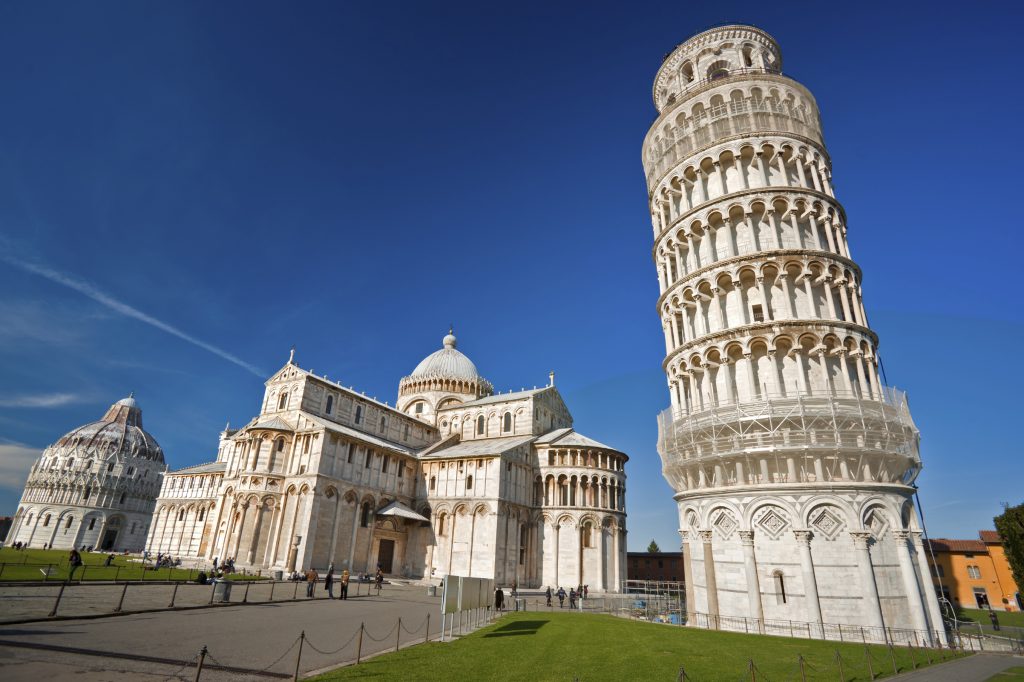
Lake Maggiore and the Borromean Islands
Reaching over the border into Switzerland, Lake Maggiore certainly wouldn’t look out of place on a postcard. We stop off at the town of Baveno, the town famed for its pink granite. Used for numerous famous buildings around the world such as St Paul’s in Rome, Gallerica Vittorio Emanuele in Milan and even the monument to Christopher Columbus in New York City.
Hop onto a boat and head off into the lake to the Borromean islands, each with its own charms.
Isola Bella an elegant island with a 17th century castle, perfect for a budding historian. If you’re interested in a more laid back time, Isola Pescatore is the only inhabited island, with a quaint village featuring charming shops, cafes and restaurants. Isola Madre features 19th century English style gardens and a palace filled with Italian masterpieces and paintings, the islands as a group offer you a perfect snapshot of Italian culture.
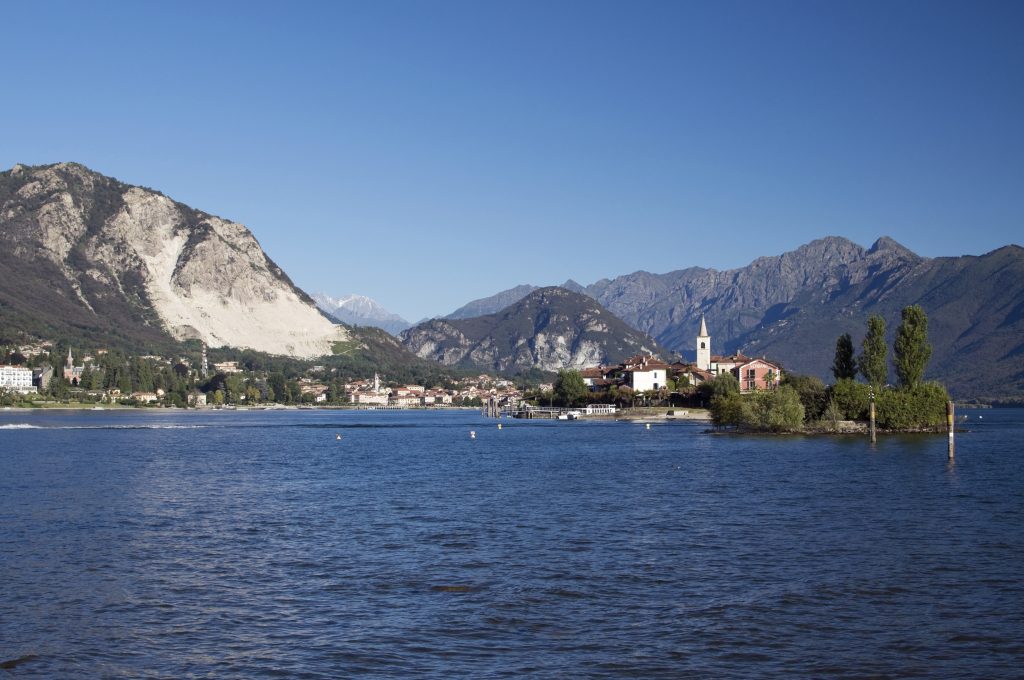
Of course being topped off by the Rome and Venice visits, you’re sure to have the perfect Italian tour taking in much of what makes this country one of the most unique in the world. Check out our blogs featuring Venice and Rome coming soon!
You can get your cameras at the ready, our Picturebook Italy tour starts from as little as £849 pp for 12 days. You can view our full itinerary here.
Why not head over to our Facebook page and share your tales and experiences of this magnificent tour with us?

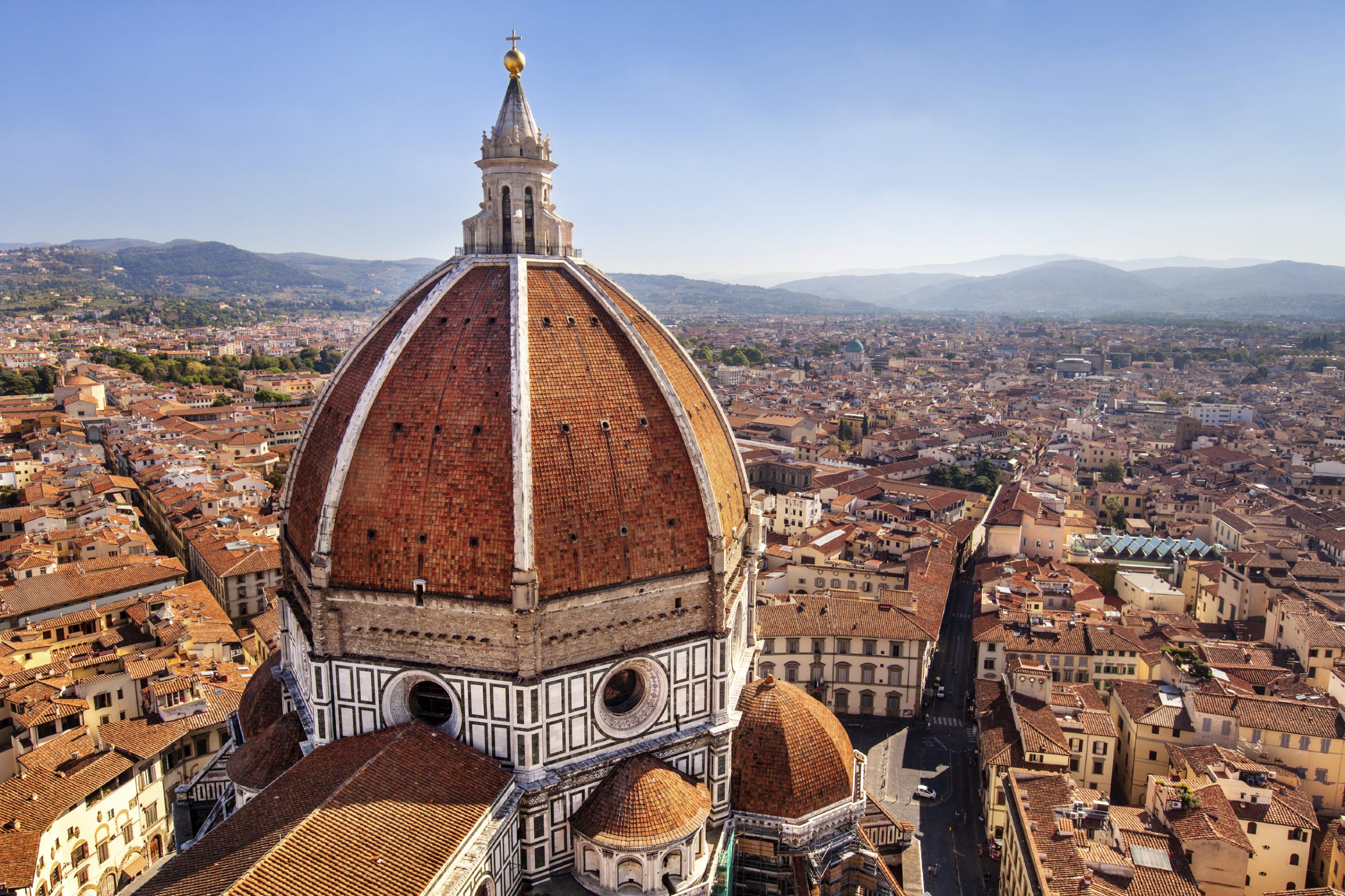

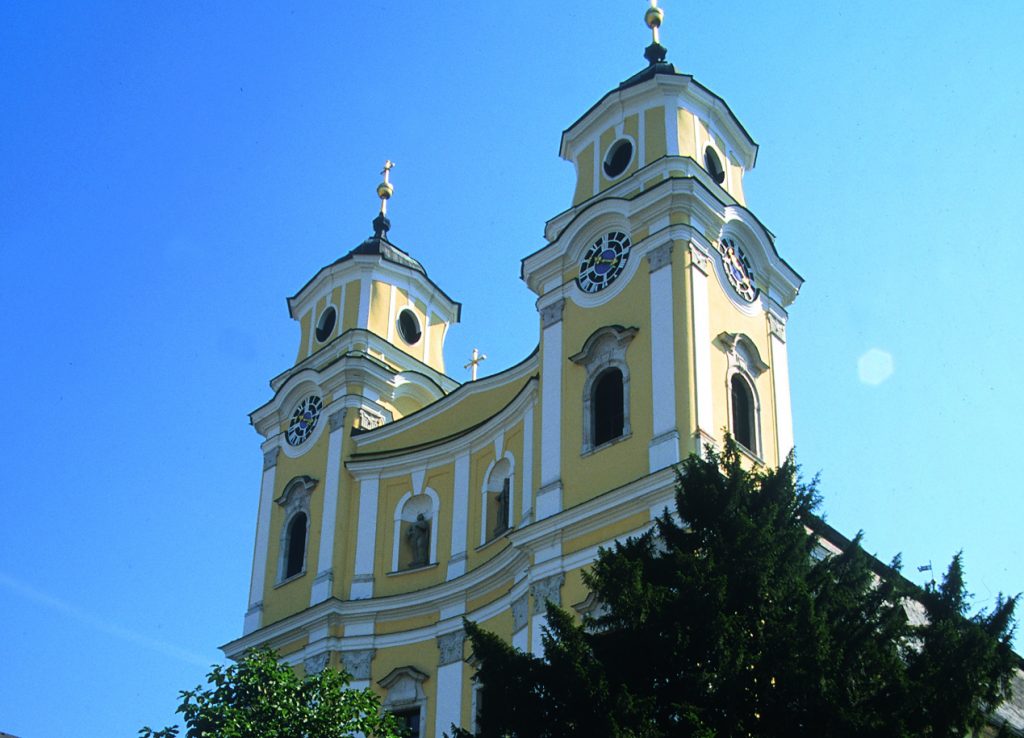
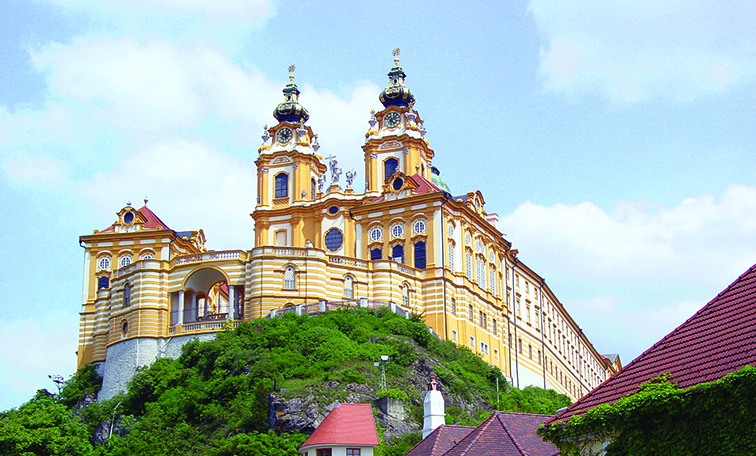 Heading down into Melk you will make a stop off to tour the Melk Abbey, a fortified castle that is home to the Babenberg’s, Austria’s first ruling dynasty. Located on the bank of the Danube, the Abbey was originally a palace and it most certainly shows. A sight to behold with its baroque architecture, the abbey’s church is the highlight with its numerous windows and rich embellishment of marble and frescoes. The abbey contains the tomb of Saint Coloman of Stockerau, an Irish Pilgrim mistaken as a spy due to his strange appearance and was subsequently tortured and hanged.
Heading down into Melk you will make a stop off to tour the Melk Abbey, a fortified castle that is home to the Babenberg’s, Austria’s first ruling dynasty. Located on the bank of the Danube, the Abbey was originally a palace and it most certainly shows. A sight to behold with its baroque architecture, the abbey’s church is the highlight with its numerous windows and rich embellishment of marble and frescoes. The abbey contains the tomb of Saint Coloman of Stockerau, an Irish Pilgrim mistaken as a spy due to his strange appearance and was subsequently tortured and hanged.